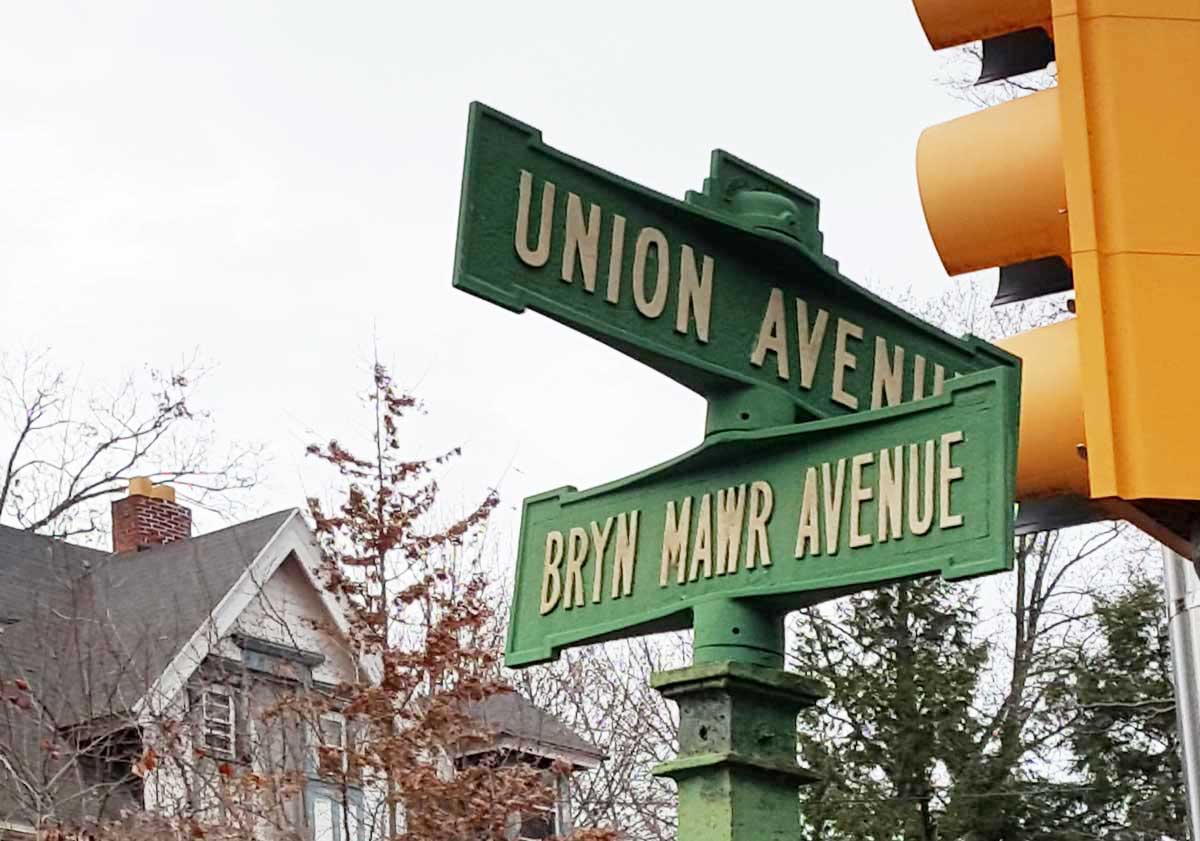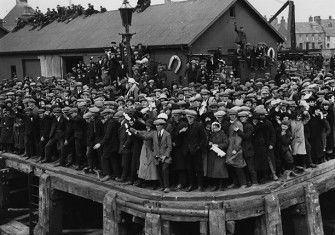Y Byd Newydd
From Ohio’s farmlands to Pennsylvania’s coalfields: how Welsh is America?

Wales’ relationship with the United States is less obvious and far less culturally celebrated than that of Ireland or Italy, but, as Vivienne Sanders reveals in Wales, The Welsh and the Making of America, Welsh migrants also had a part to play in the country’s development.
Following the work of Gwyn A. Williams, Sanders begins with an exploration of the legend of Madoc’s 12th-century discovery of America and accompanying tales of Welsh speaking Indians. Sanders locates the significance of this myth within Elizabethan realpolitik, where it was leveraged to contest Spanish claims to the New World. The 1790s revival of ‘Madoc fever’ in Wales itself fed into the desire of ordinary Welsh people to flee an impoverished and downtrodden country in search of rumoured glory overseas.
Sanders traces the arrival in America of Welsh settlers from the 17th century onwards. The influx into Pennsylvania of Welsh Quakers seeking to escape religious persecution is indicative of the place of Nonconformism as a motivating factor in Welsh migration and in shaping early perceptions of America around ideals of freedom and pluralism. These ideals, perhaps inevitably, did not prevent fractious doctrinal clashes and expulsions among these early colonists – again emphasising a gulf between myth and real life.
Political dissent was an equally motivating factor, as support for the American and French revolutions saw many Welsh radicals participate in both political and military campaigns for American independence. Sanders dedicates a chapter to Richard Price, a Dissenting minister from Bridgend who, like Tom Paine, corresponded with Revolutionary leaders and disseminated many of the same ideas that eventually shaped the American constitution. There are intriguing indications that figures such as Price may have viewed America’s campaign for independence from a counter-revolutionary England almost vicariously, as a struggle for self-determination that, with its greater resources, will and support could be won more easily than that of Wales.
Sanders discovers a Welsh presence at every level of the shaping of contemporary America: from Ohio’s farmlands to Pennsylvania’s coalfields (where Welsh miners employed their transferable skills in industrial agitation) and from the founding of Ivy League universities to Utah – where John Parry and Evan Stephens developed the Mormon Tabernacle Choir and where, in 1896, Llandudno-born Mattie Hughes became the first woman elected to a state Senate. But she stresses that the Welsh have generally been a subtle and disparate presence, their diaspora assimilated into general society rather than locally concentrated.
The argument made here for Wales’ influence on America can occasionally feel overly dependent on the ancestry of significant US figures, up to and including the ‘31.2 per cent Welsh’ heritage of Hillary Clinton. It also avoids the extent to which colonialism and conscious or unconscious racism was intertwined with the new opportunities available to Welsh arrivals. Nonetheless, Sanders successfully presents a sweeping narrative history, imbued with colourful anecdotes and biographical detail.
Importantly, the book offers abundant suggestions for further reading and research. It would be interesting to follow this narrative into the 20th century to evaluate continuing cultural and political cross-pollination, such as Dylan Thomas’ lecture tours or the relationship between radical performer Paul Robeson and the equally radical miners of South Wales.
Wales, the Welsh and the Making of America
Vivienne Sanders
University of Wales Press 288pp £11.99
Buy from bookshop.org (affiliate link)
Rhian E. Jones writes on history and politics.





